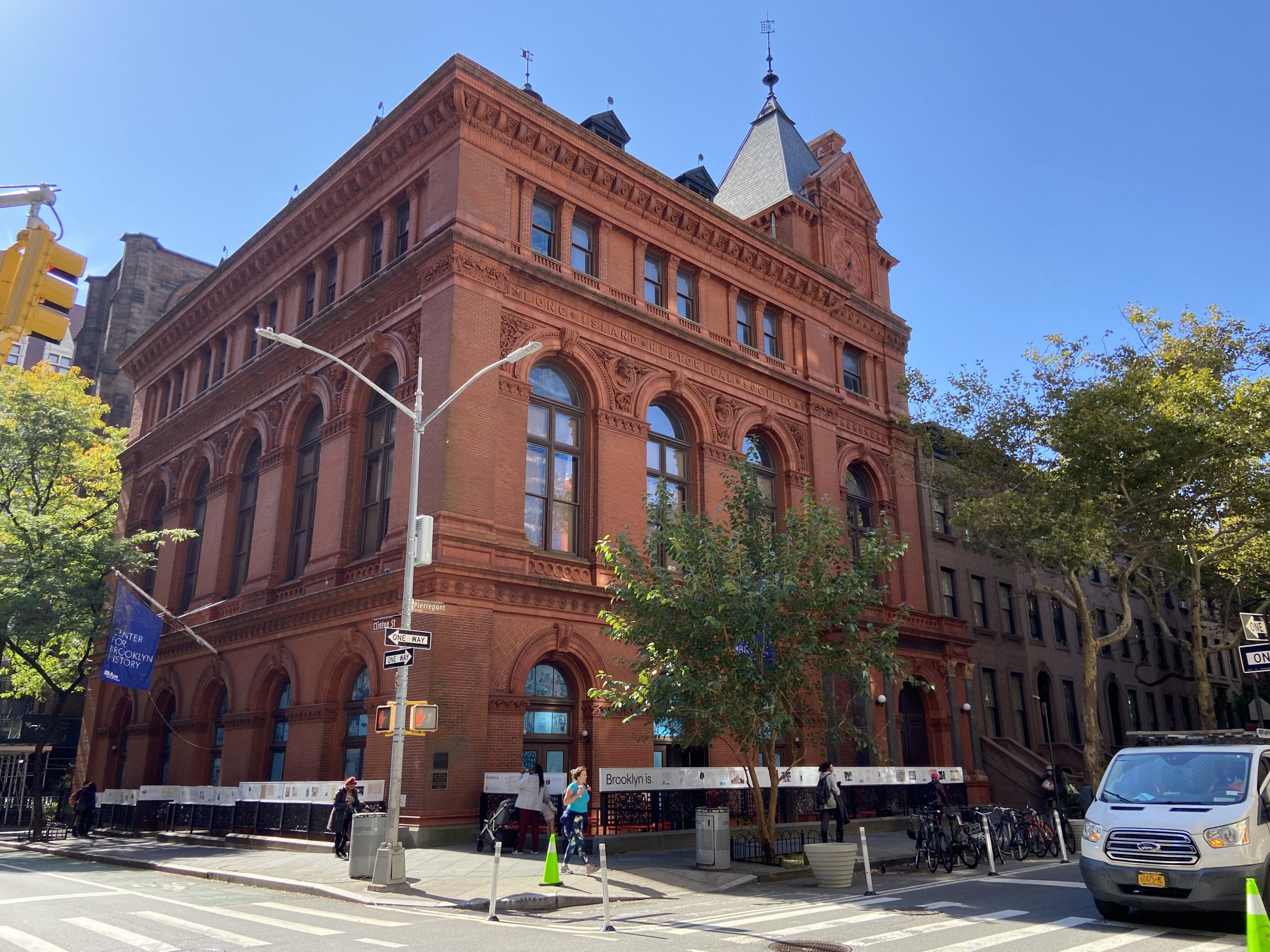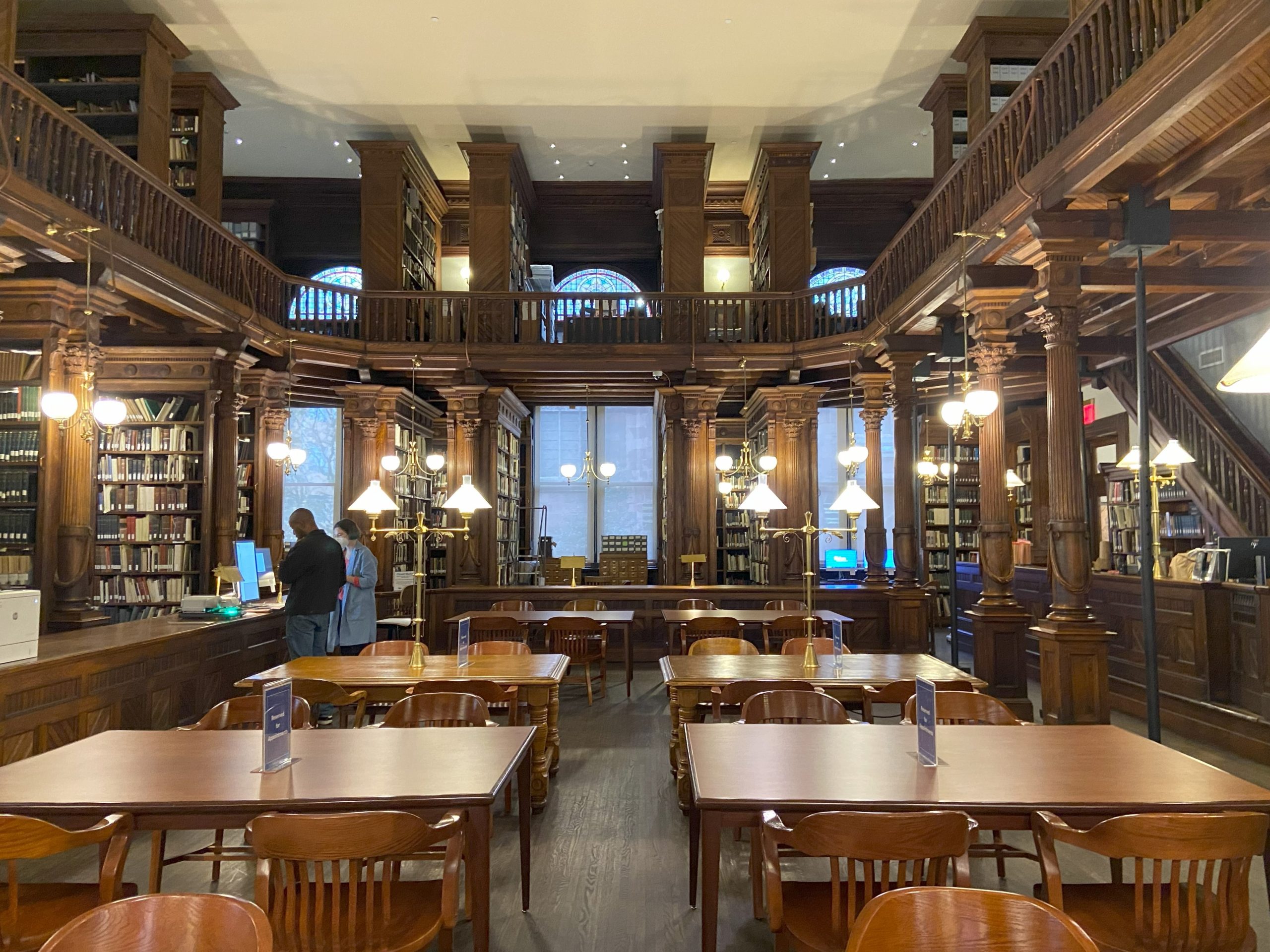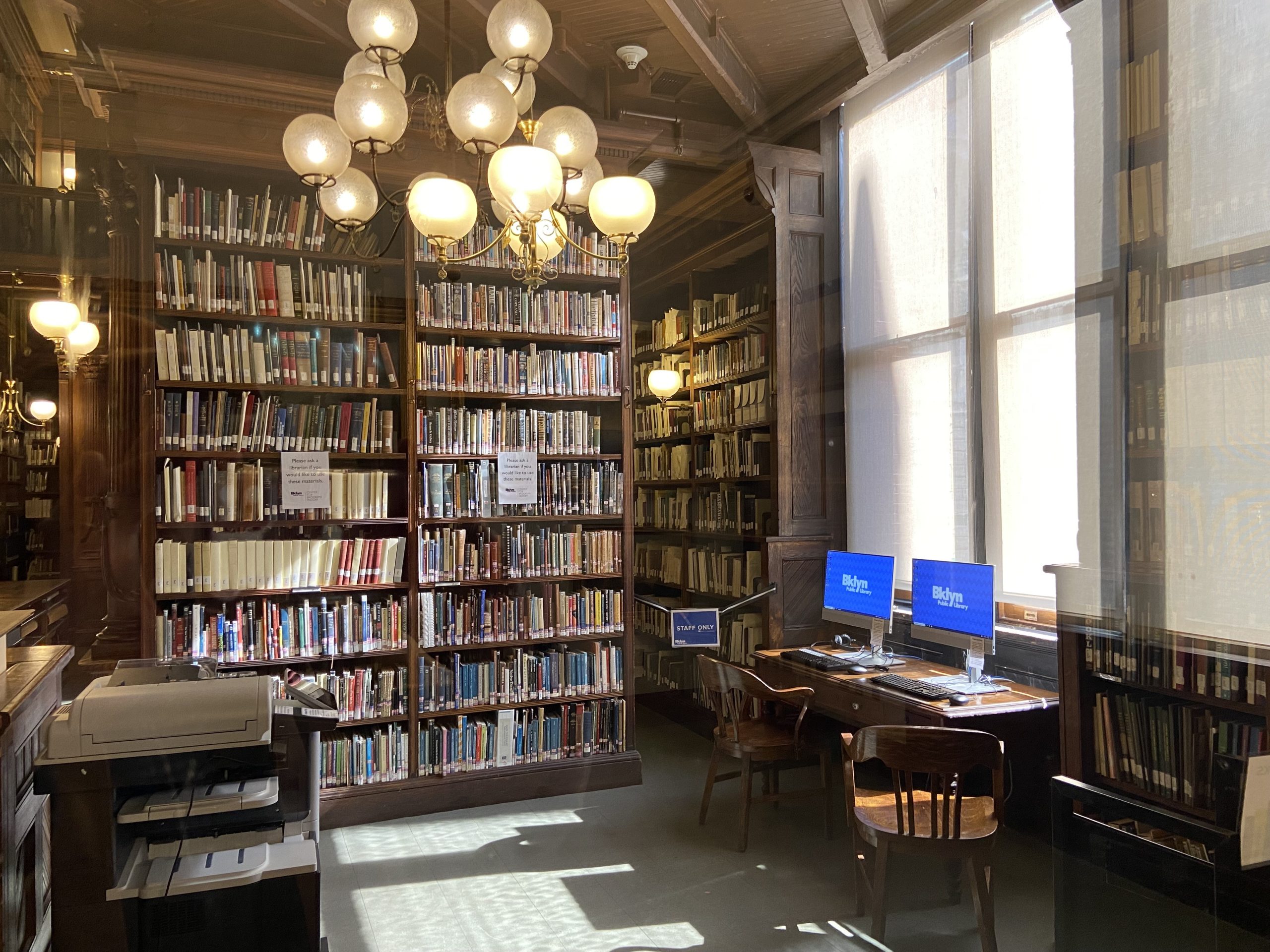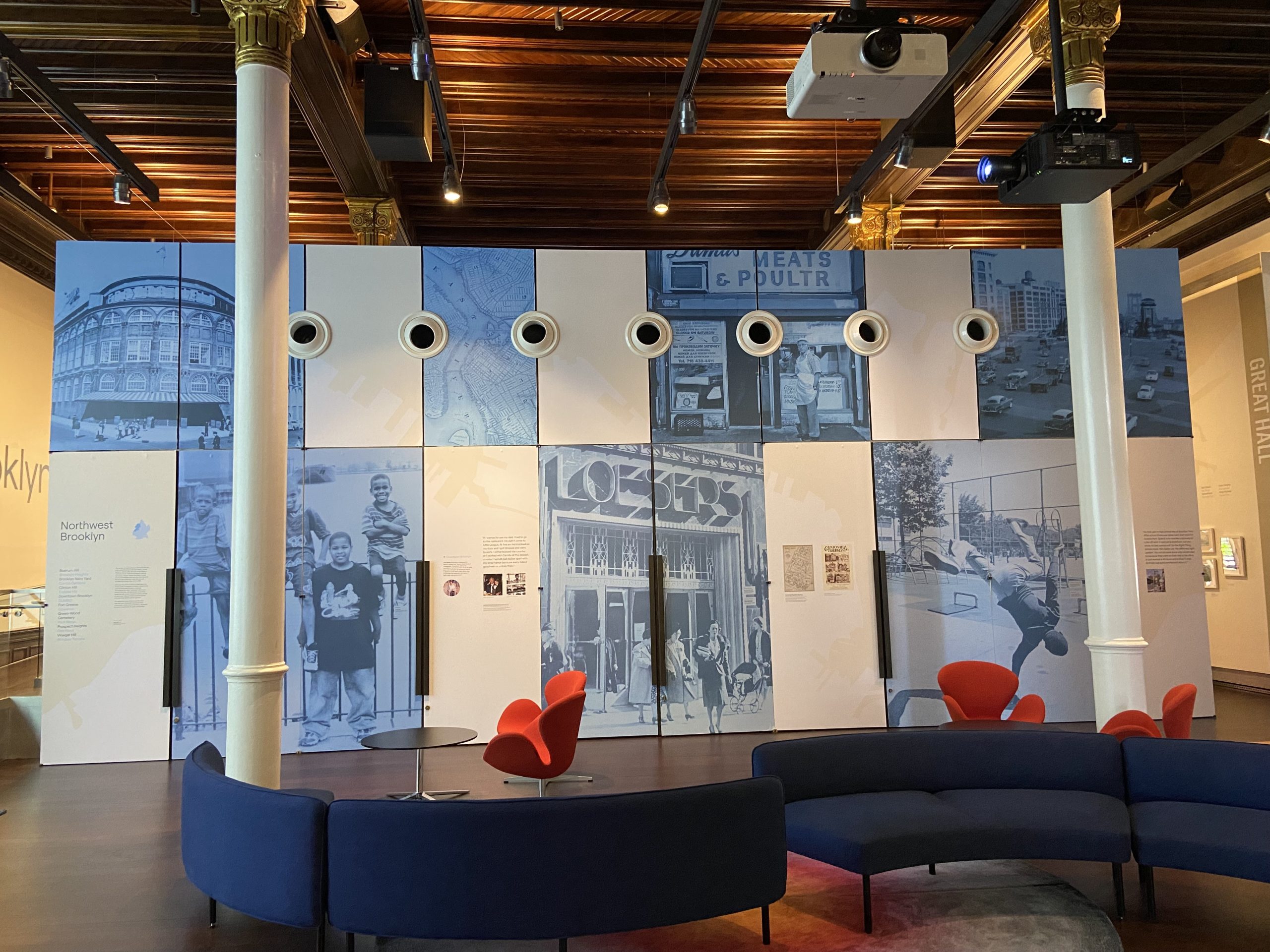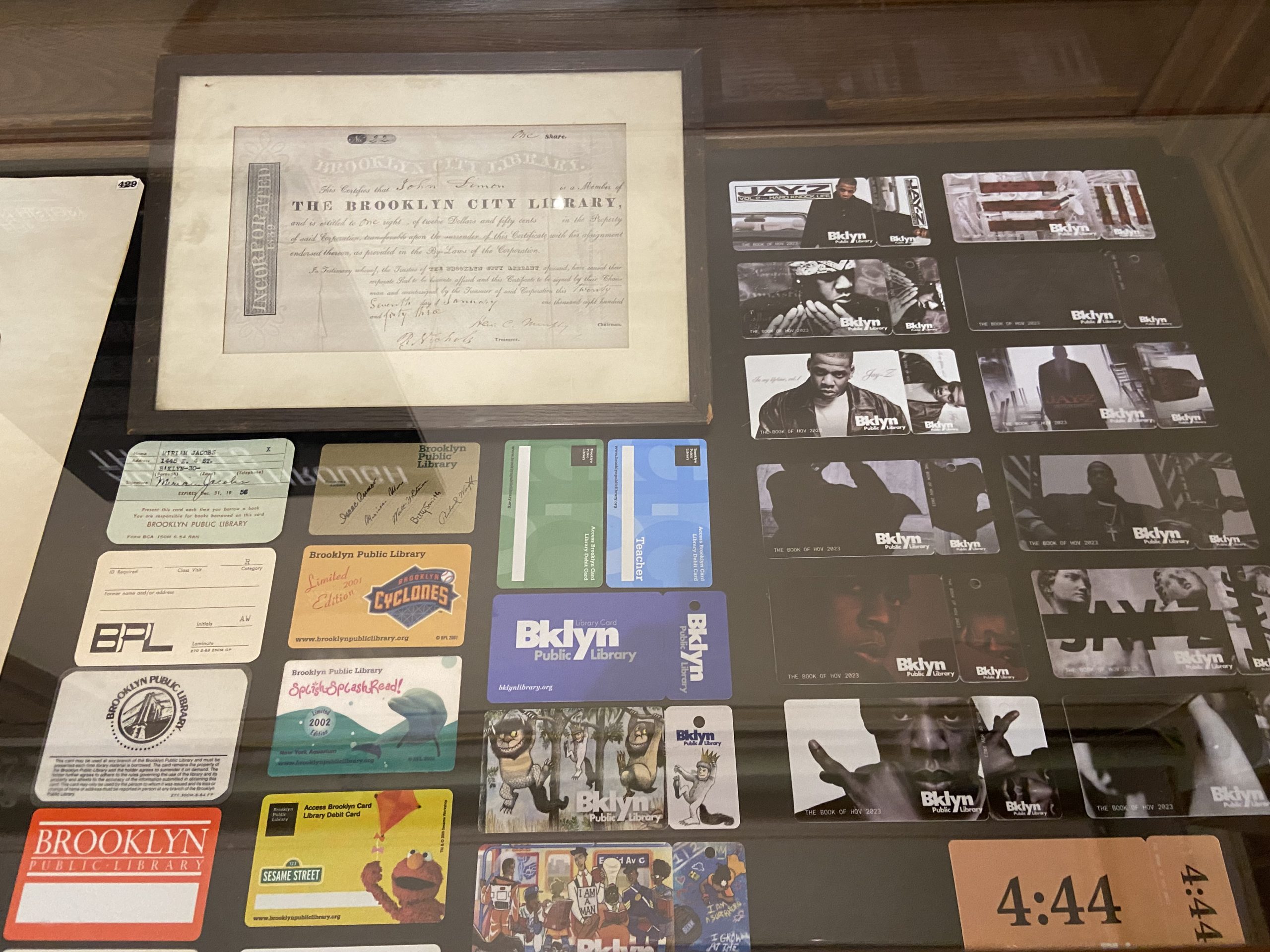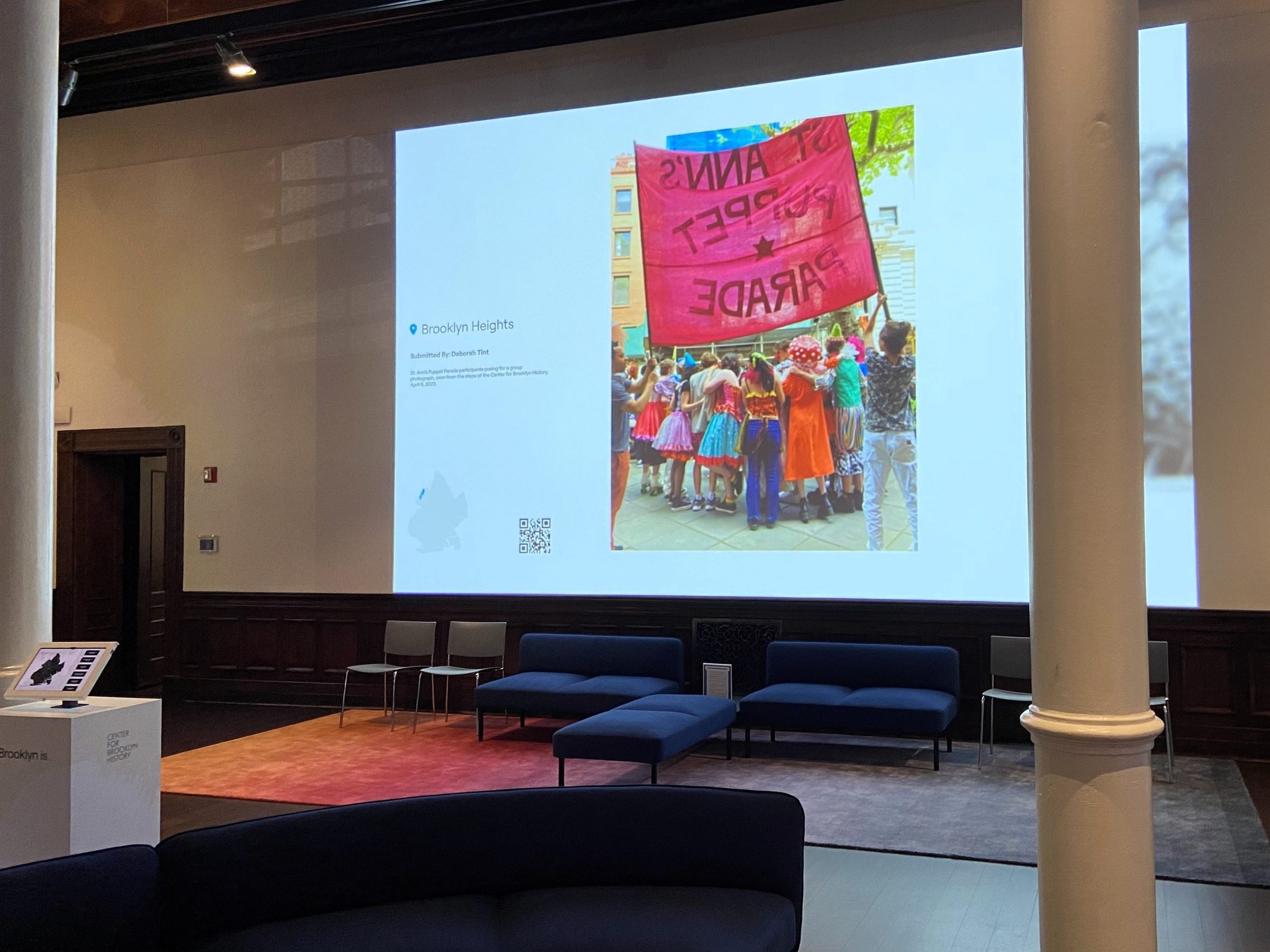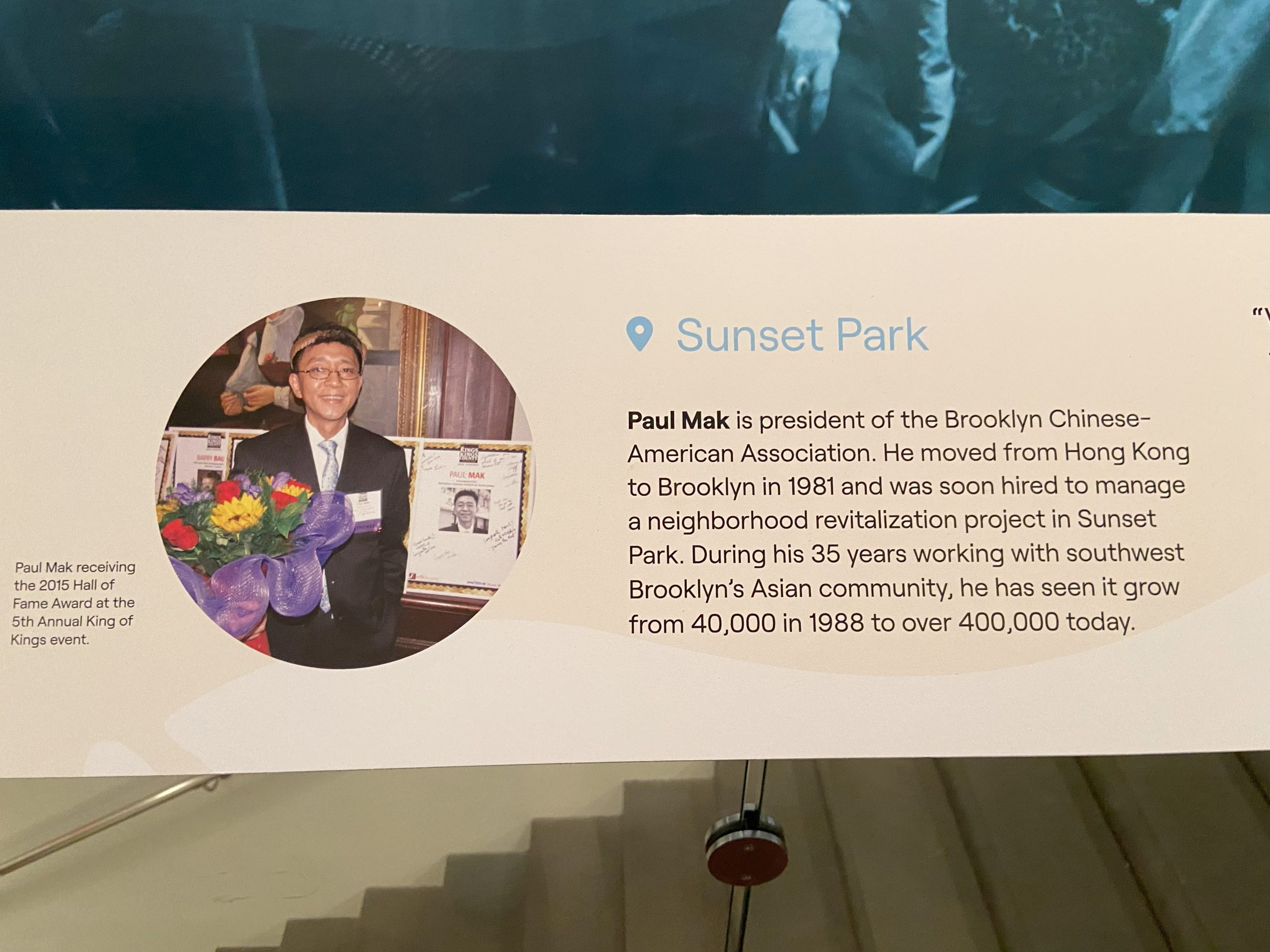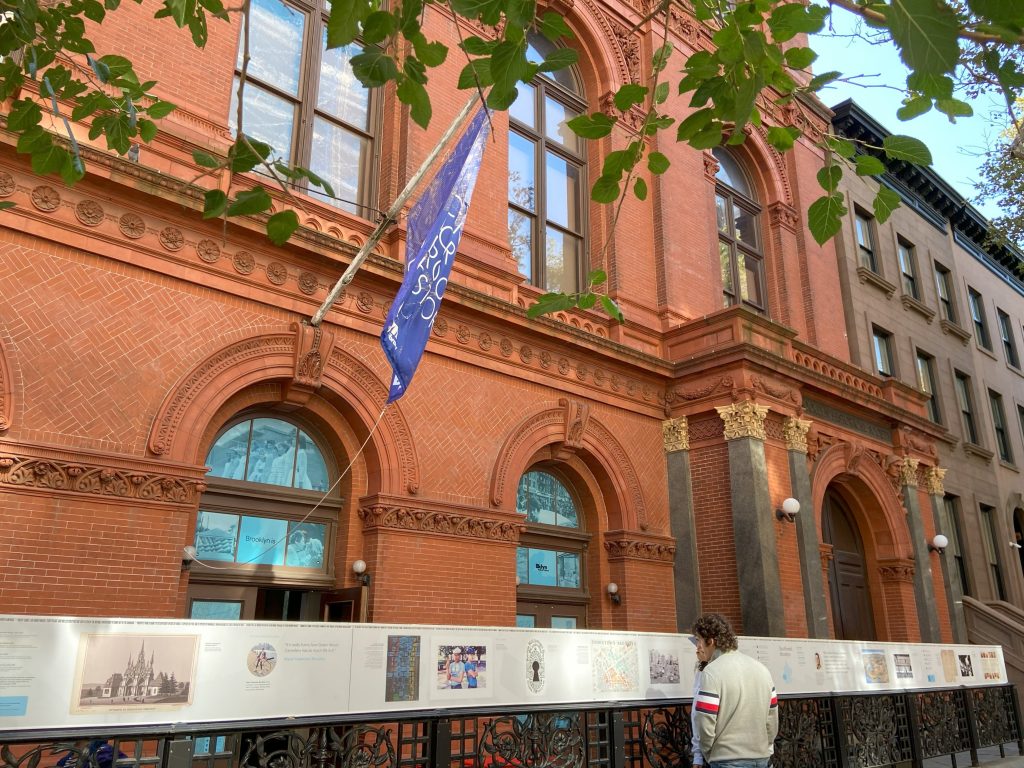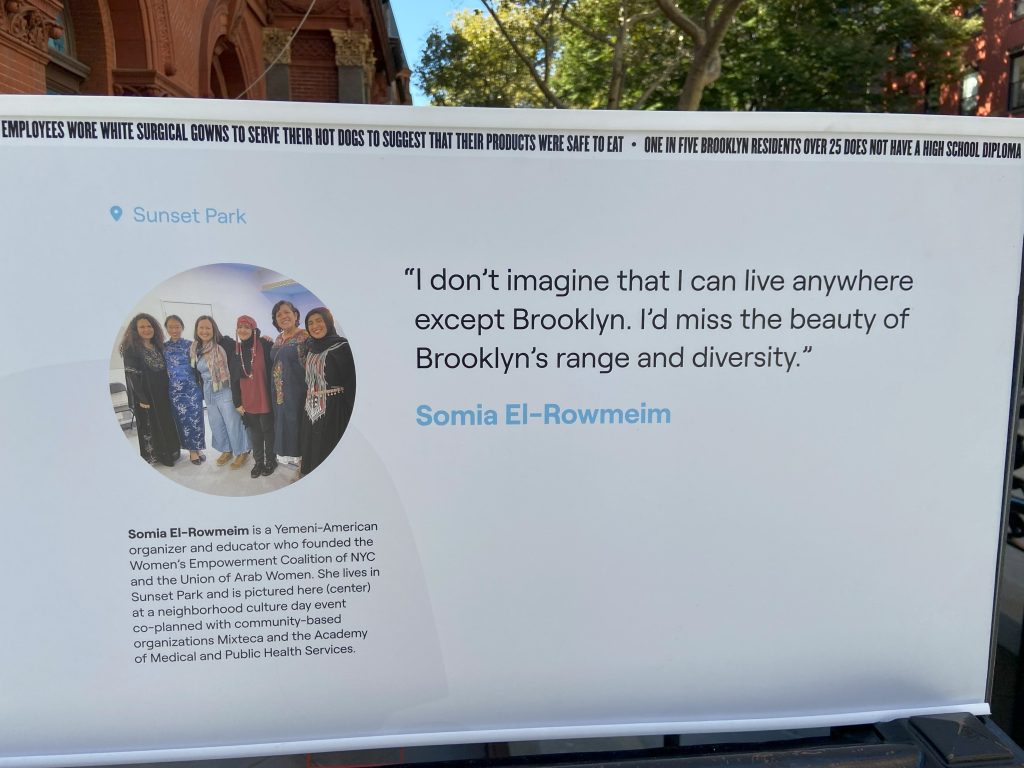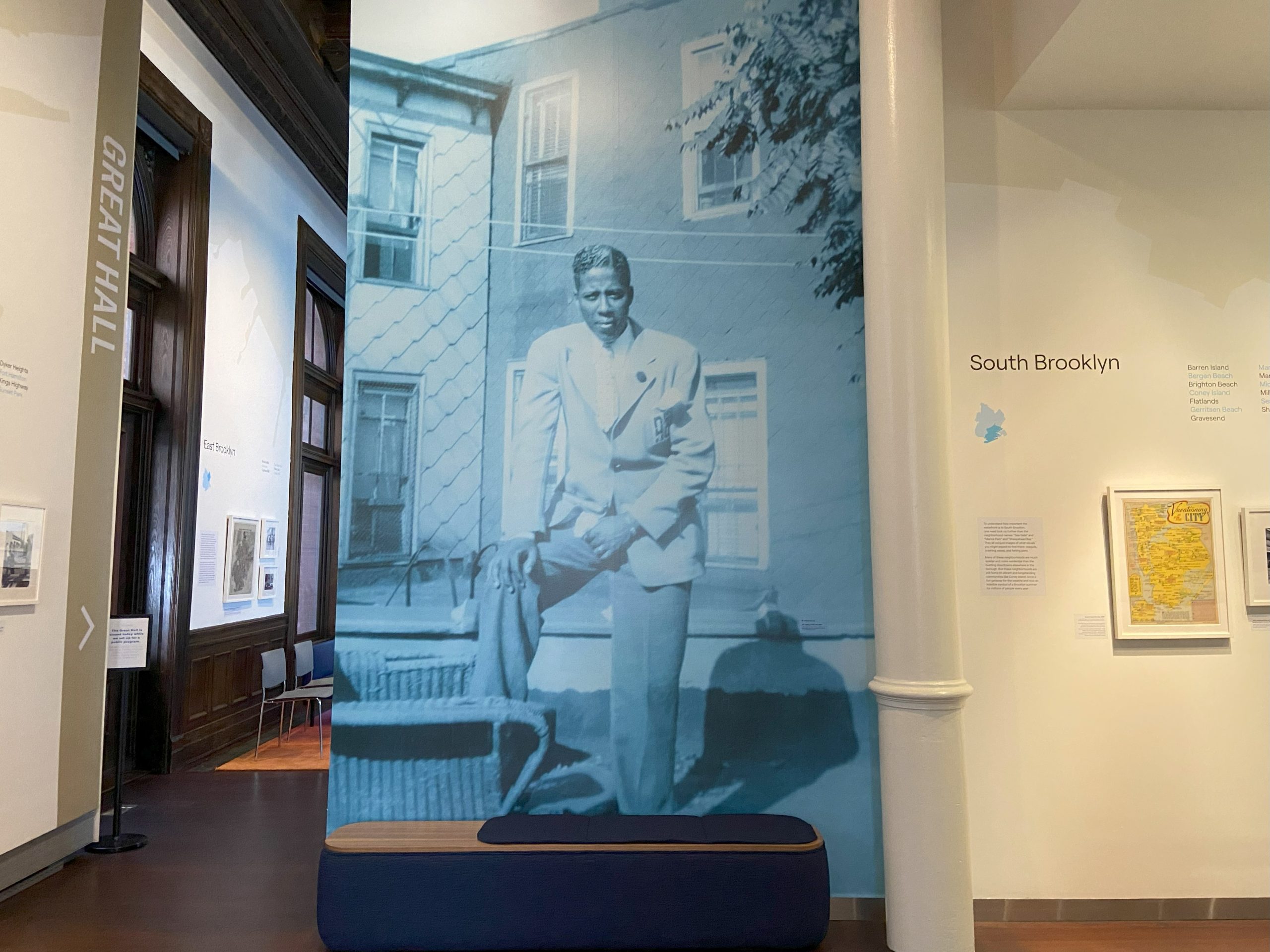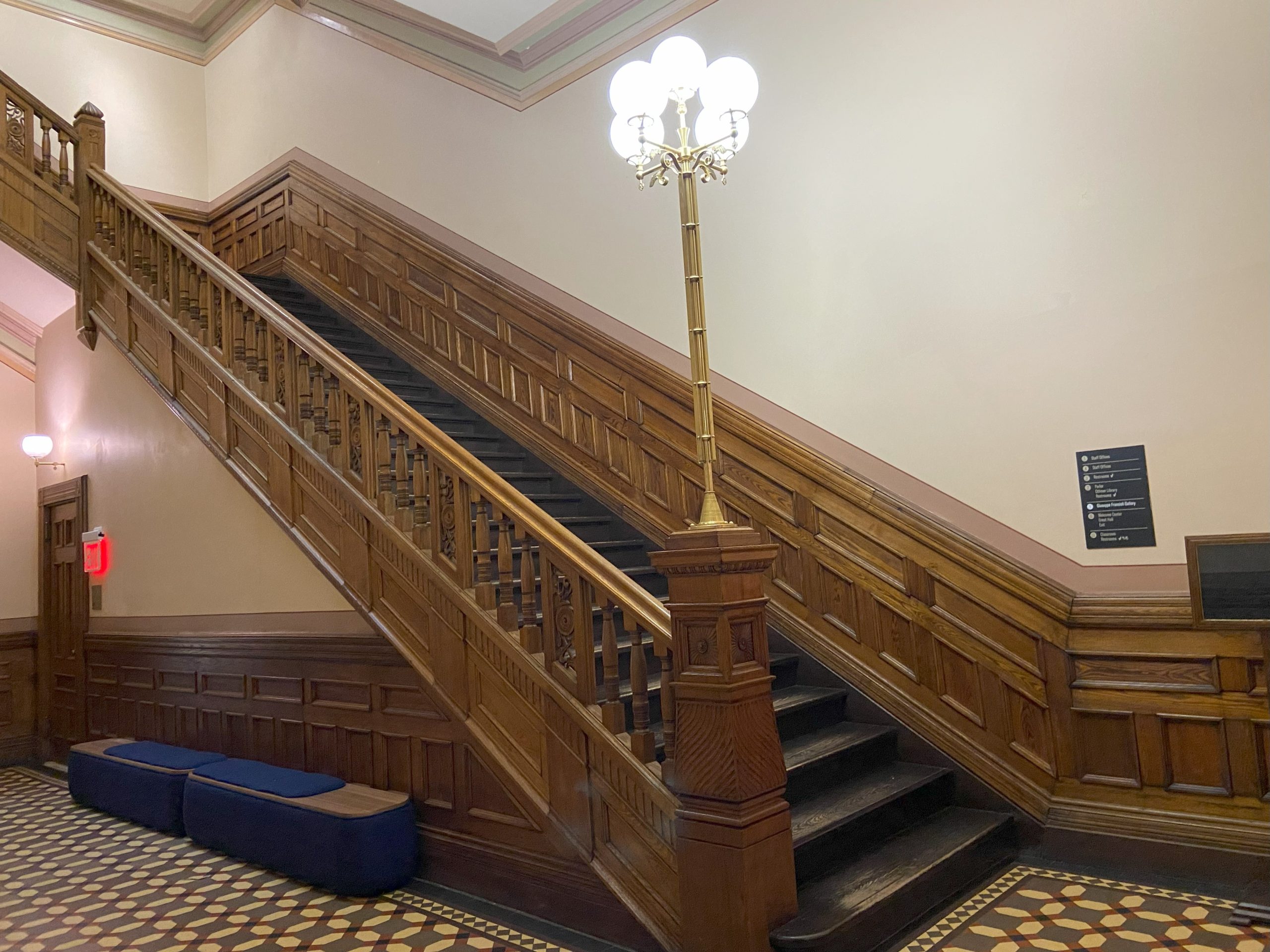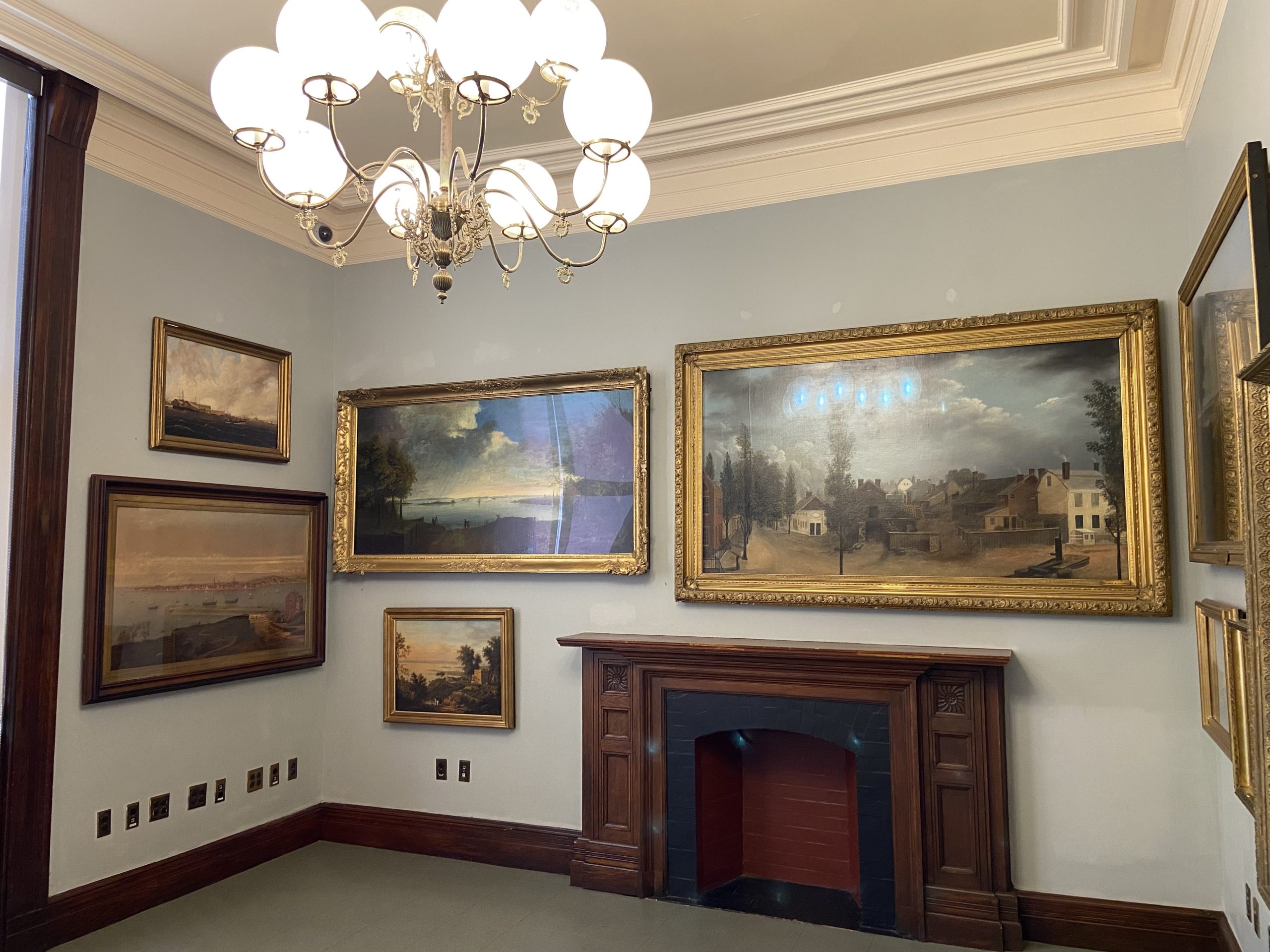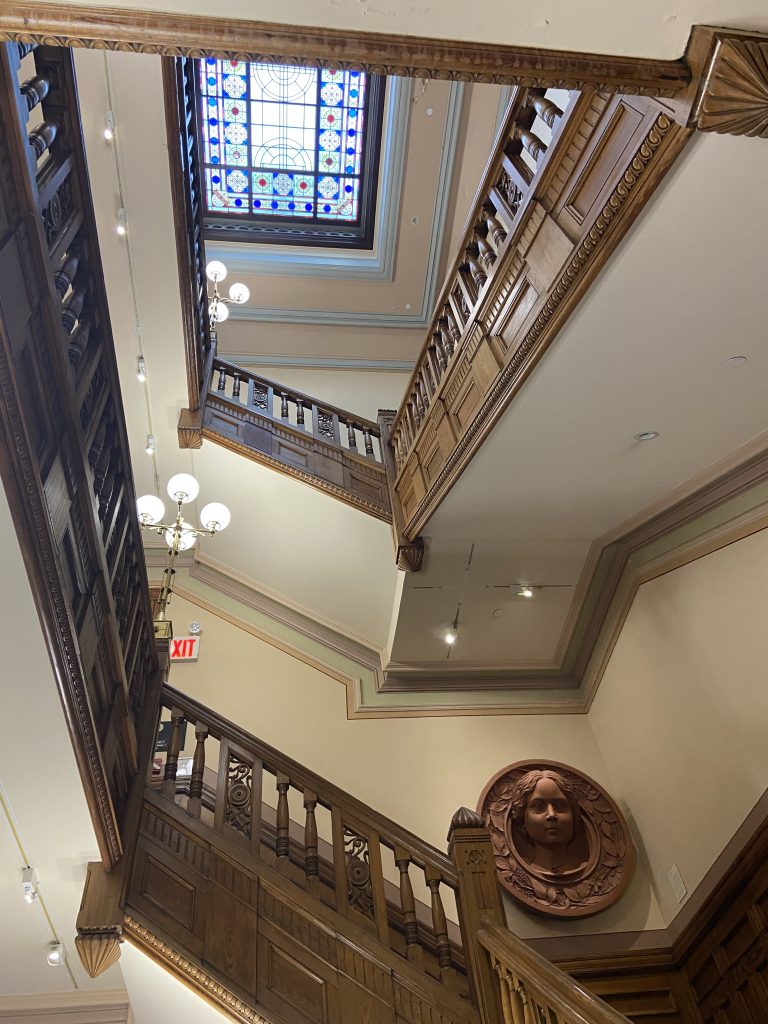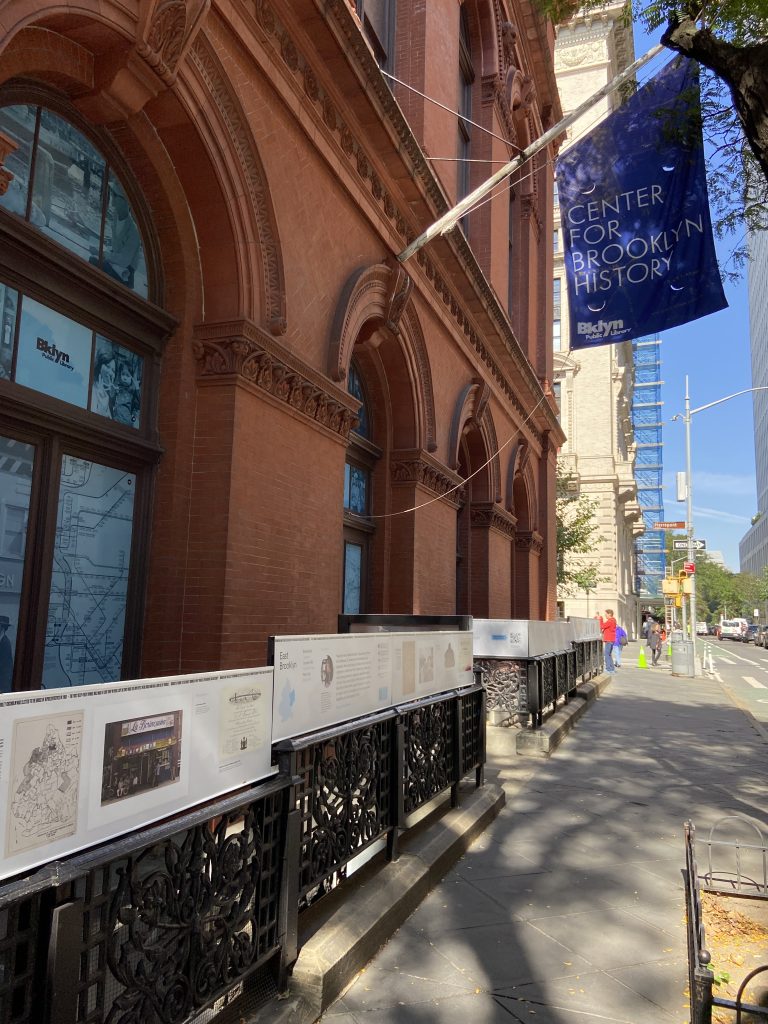Reopened in September 2023 after a three-year renovation and reinvention, the Center for Brooklyn History (CBH) aims to serve Brooklynites and visitors as a community center and research library that’s welcoming to all. Its current special exhibition, “Brooklyn is . . . ” (through March 24, 2024), celebrates the borough’s varied neighborhoods and highlights a few of its 2.7 million residents, some famous and others less so. The Othmer Library in CBH—an amazing trove of Brooklyn-related books, manuscripts, maps, and other materials, as well as digital resources—is open to the public for research and reading. Public events and programs for students and educators cover a wide range of topics about past and present issues. Housed in a spectacular Romanesque revival building, the center preserves the past and makes historical information accessible with the goal of helping build Brooklyn’s future.
The history of this Brooklyn Heights institution, now part of the Brooklyn Public Library (BPL), reflects a journey from exclusivity to accessibility. Founded in 1863 by a group of citizens as the Long Island Historical Society, it focused on gathering evidence of Brooklyn’s disappearing past. Membership required a recommendation by existing members. Many libraries, too, once had limited membership, and some required annual or one-time fees. (At the Brooklyn City Library, a predecessor to the Brooklyn Public Library, memberships were sold as shares.) The institution’s name changed to the Brooklyn Historical Society in 1985, mirroring the growth of Brooklyn pride during the brownstone revival and other movements. During this time, exhibitions broadened their focus and became more meaningful for Brooklyn’s diverse residents. The merger in 2020 with the 62-branch Brooklyn Public Library brought together the deep Brooklyn collections of both institutions at CBH. It also helped the center expand its reach across the borough and provided financial security. With the merger came a new, more user-friendly name, the Center for Brooklyn History. And whether people have a Brooklyn Public Library card or not, the center’s archival resources are free and available to all.
Visiting the Center for Brooklyn History
Even before people enter CBH, they get a taste of the “Brooklyn is . . .” exhibition. Street-level panels showing modern Brooklynites and historical items like maps wrap around the National Historic Landmark building, which is worth a look in itself. Designed by George B. Post and completed in 1881, the structure has decorative details in terra-cotta—the first to be made locally. A new, accessible entrance at street level leads to the Welcome Center desk with its helpful staff, a community corner with information, and a gift shop selling Brooklyn-themed or -made merchandise. The rest of the floor, including the soaring Great Hall with its sofas and chairs, is dedicated to the current show. Geographical sections such as Northwest Brooklyn include a locator map, a list of each larger area’s many neighborhoods, photos and documents that create a “mini-portrait” of a neighborhood, and stories of Brooklyn figures such as Alan Rosen, owner of downtown Brooklyn’s longtime Junior’s Restaurant & Bakery, and Kensington’s Annie Ferdous, president of the Bangladeshi Ladies Club. A computer and a projection wall allow people to see more images from CBH’s collection and click on a question about Brooklyn (“What word best describes your Brooklyn?” is one) or a map; they can also submit their own responses or photos for consideration. The exhibition conveys Brooklyn’s vitality and diversity, along with some social history, without being too large or overly dense.
Up a wooden staircase is the non-circulating Othmer Library (check website for hours; walk-ins are welcome, but researchers are encouraged to make appointments), the perfect image of a period library—indeed, it has been a film location. Dark woodwork, stained glass, custom hardware, classic lighting, and wooden tables create a space that is grand but intimate. The research library’s holdings, physical and digital, are equally impressive, including 36,000 books, 325,000 photographs, 57,000 artifacts, 2,000 maps, and 1,600 different archival collections. Archivists can help researchers find everything from 18th-century newspapers to yearbooks from local high schools. Another room on this floor displays some of the oil paintings from Brooklyn’s earlier days that are part of CBH’s collections.
Bringing History Alive
Besides its exhibitions and online projects, CBH presents free weekly programs such as author talks, lectures, and panel discussions on topics from culinary matters to contemporary issues. Among other projects, it guides people researching family genealogy in Brooklyn and Long Island. Connecting students and educators with history through its collections and programs is a major focus for CBH and its archivists. The semester-long Teen Scholars Internship Program, a paid, in-person program, helps Brooklyn high school students undertake archival research relating to Brooklyn history; students also learn about professional development opportunities. Through a signature program, Brooklyn Connections, Brooklyn-based schools apply to partner with CBH and BPL so that students in grades 4 through 12 can learn modern research skills and bring Brooklyn stories into the classroom. Partner teachers receive materials, and a CBH educator visits the class. CBH and BPL also work each year with students participating in New York City History Day, a program where students do original research and create projects that can win prizes at the city, state, and national levels. A free curriculum library for teachers provides resources for students in different grades.
Side Dish
As part of a CBH visit, visitors may want to stroll the neighborhood’s brownstone-lined streets or the Brooklyn Heights Promenade, with its Brooklyn Bridge and Manhattan views, or stop by Brooklyn Bridge Park. The New York Transit Museum, in a decommissioned subway station, is nearby too. Montague Street restaurants include the cheerfully decorated Khaosan, serving Thai favorites like spicy curries as well as Vietnamese pho. Sahadi’s (a longtime family business featured in “Brooklyn is . . .”) on Atlantic Avenue is the place to buy Middle Eastern treats to bring home.
Linda Cabasin is a travel editor and writer who covered the globe at Fodor’s before taking up the freelance life. She lived in Brooklyn for ten years. She’s a contributing editor at Fathom. Follow Linda on Instagram and X (formerly Twitter) at @lcabasin.
Featured Photo: With its Queen Anne and Italian Renaissance revival details, the center’s building is a distinctive part of the Brooklyn Heights Historic District. Photo by Mike Squires
All photos are by Linda Cabasin except if otherwise credited.

